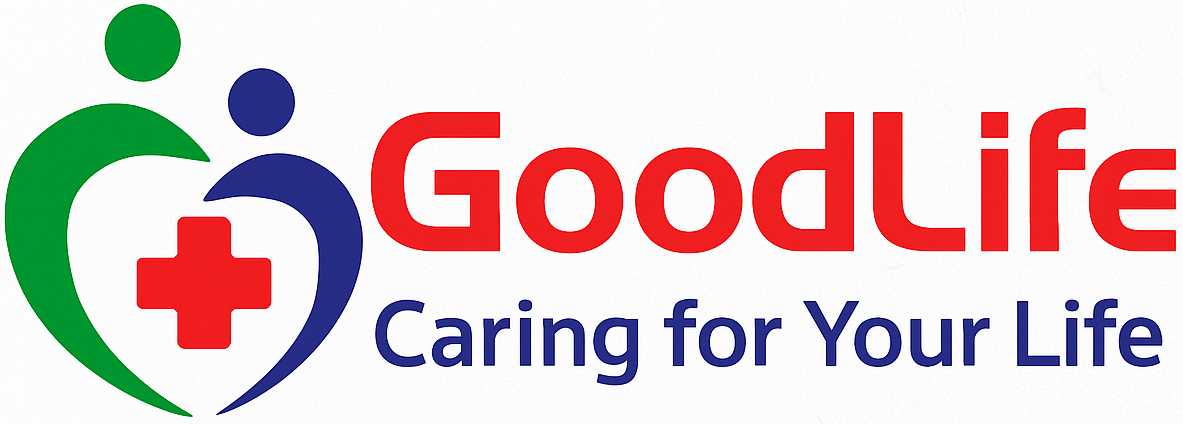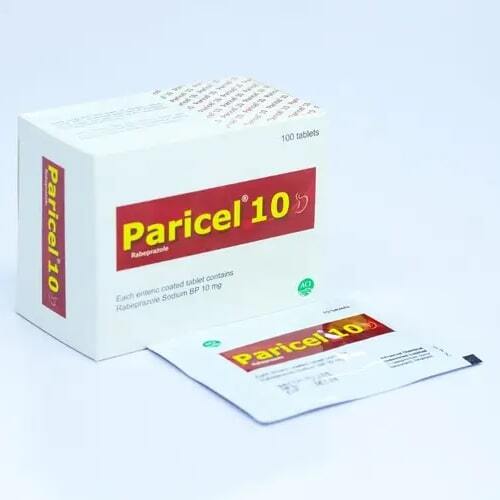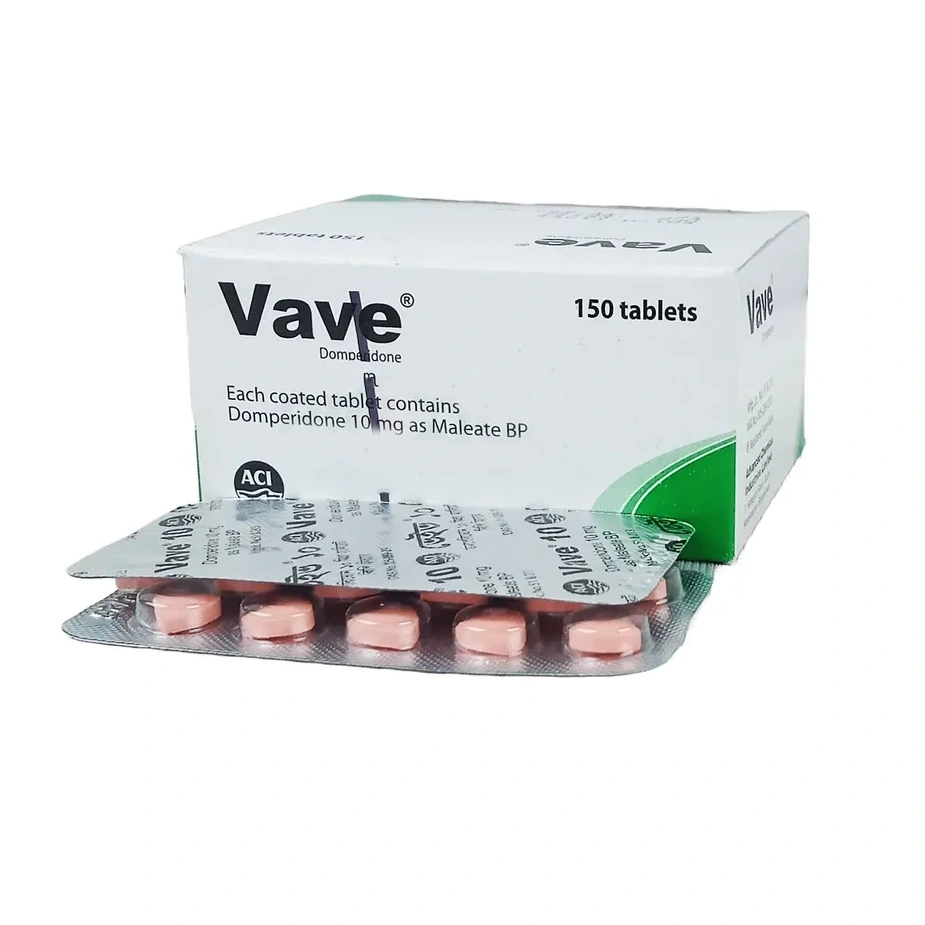Medicine Overview of Goutex 100mg Tablet
Goutex is a medicine used to treat and prevent gout. Gout happens when there is too much uric acid in your body and it forms into crystals which can appear around your joints and kidneys and cause pain. This medicine helps to keep uric acid levels low.
Goutex should be taken after food. You should keep taking it as recommended by your doctor even when you are not having a gout attack. If you stop, your symptoms may get worse because more crystals form in your joints and kidneys. You can help yourself by making some changes to your diet and drinking plenty of fluids.
Some of the common side effects of this medicine are rash, nausea, and diarrhea. Your doctor may help with ways to reduce or prevent these symptoms. Some people may get a severe allergic reaction which needs urgent medical attention. Talk to your doctor straight away if you get symptoms of liver disease including nausea that does not stop, yellowing skin or eyes, or dark urine.
To make sure it is safe for you, before taking this medicine, let your doctor know if you have or have had heart failure, heart problems, stroke, kidney or liver disease or thyroid problems. Do not use this medicine if you are pregnant or breastfeeding. Check with your doctor. You will be asked for regular blood tests to check that your liver is working properly.
- Gout
- Skin rash
- Diarrhea
- Nausea
-
Your doctor has prescribed Goutex to reduce episodes of gout attack.
-
Take Goutex with food to avoid stomach upset.
-
Take plenty of fluids (2-3 litres) daily while on Goutex.
-
Notify your doctor if you develop a rash. This could be a sign of allergy and should go away on discontinuing Goutex.
-
When you first start taking this medicine, you might have more gout attacks. Do not stop Goutex on having an acute attack of gout as that could make an attack worse.
-
Your doctor may check your liver function before starting treatment and regularly thereafter. Inform your doctor if you notice yellowing of eyes or skin, dark urine, or stomach pain.
-
Do not consume alcohol while taking this medicine as it may cause your gout to flare up.
Adult: PO Gout; Hyperuricaemia
Mild: 100 mg/day PO initially; increased weekly to 200-300 mg/day
Moderate to severe: 100 mg/day PO initially; increased weekly to 400-600 mg/day
Prevention of hyperuricaemia associated w/ chemotherapy treatment or enzyme disorders 600-800 mg/day, starting 2-3 days before cancer treatment.
Hepatic impairment: Dose reduction may be needed. Monitor liver function regularly.
Ensure adequate fluid intake. Prophylactically with an anti-inflammatory or colchicine for at least 1 mth. Withdraw immediately when sensitivity (skin rash, etc) appears. Pregnancy, lactation. Hepatic and renal impairment.
Lactation: Agent is distributed into breast milk; use with caution.
Administration Should be taken with food. Take immediately after meals.
Renal impairment: Haemodialysis: Administer dose after session or administer 50% supplemental dose.
CrCl (ml/min)
10-20 200 mg daily.
<3 100 mg daily at extended intervals.
3-10 100 mg daily.
1-10%
Rash (1.5%),Nausea (1.3%),Renal failure (1.2%),Vomiting (1.2%)
Frequency Not Defined
Amblyopia,Arthralgias,Blood dyscrasias,Bronchospasm,Cardiovascular abnormalities,Cataracts,Confusion,Decrease in libido,Dizziness,Ecchymosis,Electrolyte abnormalities,Epistaxis,Foot drop,Hematuria,Hepatotoxicity,Hypotonia,Iritis,Kidney function abnormality,Macular retinitis,Malaise,Neuritis,Pharyngitis,Pruritus,Skin edema,Stevens-Johnson syndrome,Sweating,Tinnitus
Potentially Fatal: Stevens-Jonhson and/or Lyell’s Syndrome (urticaria, fever, lymphadenopathy, arthralgia). Occasionally, thrombocytopaenia, agranulocytosis and aplastic anaemia.













